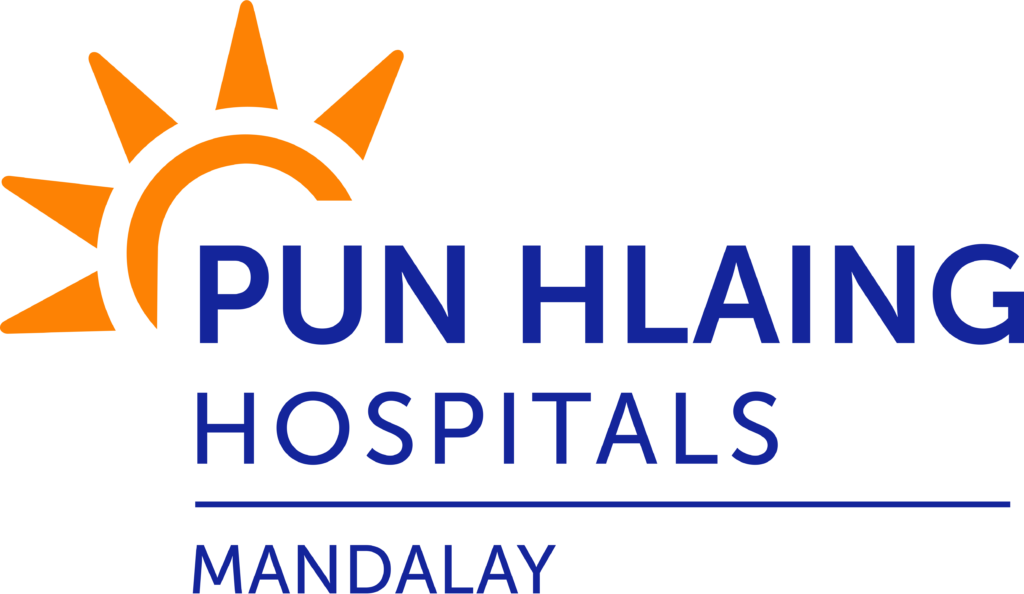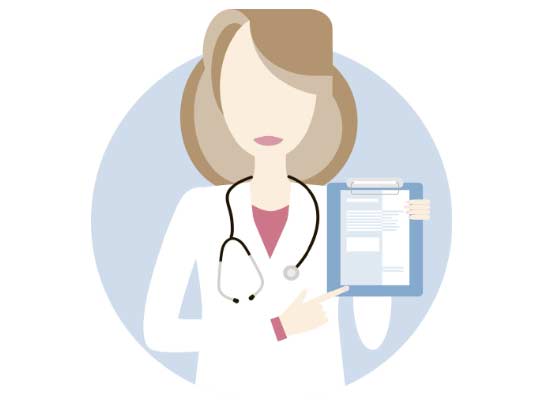Our hospital has a 24 x 7 ‘on duty’ model Emergency Services department operated in accordance with international best practice guidelines set by the American College of Emergency and the Australian College of Emergency.
In line with these best practice guidelines, we have formulated our clinical protocols and training programs in emergency medicine for chest pain, heart attack, stroke and trauma clinical pathways. We are focused on achieving ‘Golden Time Standards’ for treatment and interventions. This ensures that patients receive appropriate intervention treatment within a specified period as benchmarked in developed countries.
We mandate that all clinical staff in our Emergency Department complete formal training through a web-based proprietary emergency medicine training program at three levels (basic, intermediate and advanced life support skills) and complete over 18 to 24 months.
All Medical Officers based in the Emergency Department are American Heart Association (AHA) accredited in Advanced Cardiac Life Support (ACLS) and Basic Life Support (BLS). The Clinical Director and Head of Emergency Department, Dr Htun Htun Zaw is the first AHA, BLS and ACLS instructor to be accredited here in Yangon and will conduct regular courses to ensure that all our Medical Officers and Acute Area Registered Nurses become accredited in BLS and ACLS. Our fleet of 3 fully equipped Ambulances operates 24×7 with a call-out team consisting of a BLS/ACLS accredited Medical Officer and RN with an ambulance driver trained in CPR and accident site management. Onboard equipment includes a portable ventilator, Automated External Defibrillator, Oxygen, Complete Suctioning System and comprehensive medical supplies to deliver a true “hospital on wheels” experience offering quick initial intervention, the ability to stabilize at the scene and retrieve back to base safely.
The Medical Officers and Nurses at the Emergency Department deliver expert treatment for a comprehensive spectrum of Life-Threatening, Trauma, Urgent and Non Urgent presentations.
These include:
- Heart Attack diagnosis and intervention.
- Stroke and any cerebral bleed.
- Basic Standard Quality treatment for minor to major illnesses.
- Pre-Hospital Care Ambulance Service with Emergency Medical Service Response Team.
- Basic and Advanced Airway Management.
- IV Fluids Resuscitation.
- Definitive treatment of minor to moderate injuries.
- Early Definitive Surgical Intervention to Major Injuries and Polytrauma.
- Reperfusion Therapy (Primary PCI/ Streptokinase) for acute STEMI.
- Resuscitation, Stabilization and Evacuation for all Emergencies
- Trauma cases (Road-Traffic Accidents, Sports Injuries, Industrials Accidents and Injuries)
- Medical emergencies
- Surgical emergencies
- Pediatric emergencies
- Obstetrics and Gynecology emergencies
- Orthopaedic emergencies
- Eye, Ear, Nose, Throat emergencies
- Psychiatric emergencies
- All patients are triaged at our Triage counter prior to entry into the Emergency Department. The Triage Nurse will take a brief history on the reason for presentation, record baseline vital signs, and transfer the patient to the appropriate area for commencement of treatment. Our Triage Classifications are based on the internationally recognized colour coding of:
- Red: Life-Threatening – Immediate Treatment
- Yellow: Urgent – Treatment within 15 minutes
- Green: Non-Urgent – Refer to OPD






